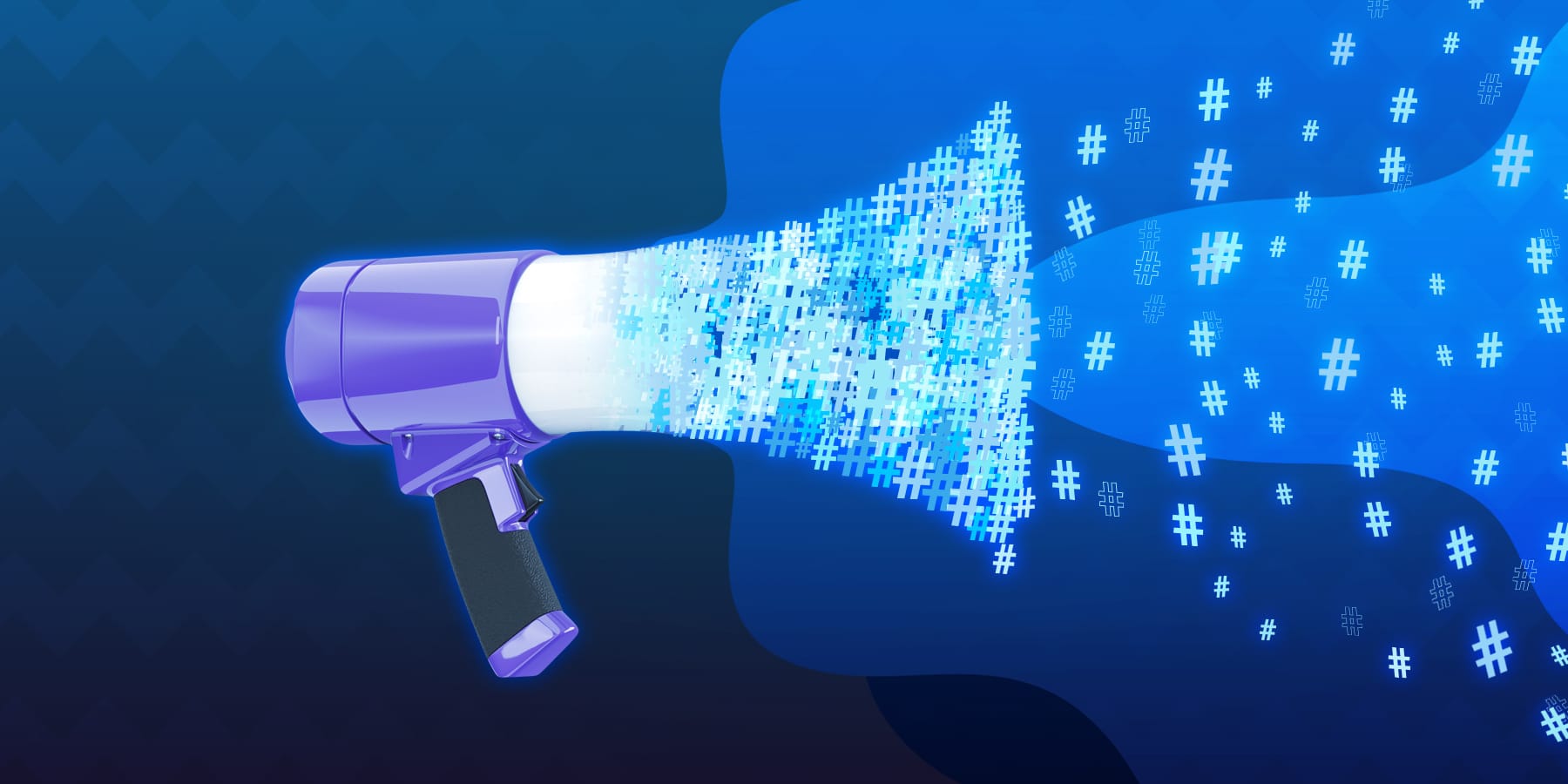Digital marketing (also referred to as “modern marketing”) is a form of marketing that involves online and internet-based technologies, platforms, and channels to promote services and products. Traditional marketing promotes services and products through non-digital means—the four main types being print, broadcast, telephone, and direct mail.
As the world becomes more digital-first, small business owners must recognize that traditional marketing still has its place in any effective business strategy. A healthy mix of digital and non-digital marketing efforts is the best way for startups and small businesses to maximize their growth. And though striking the perfect balance between digital and traditional marketing efforts may seem challenging, it’s entirely within your reach— here’s how:
Key Digital Channels for A Successful Marketing Strategy
Thanks to the development of all things digital, businesses can now reach more consumers than ever before. However, the simple act of bringing your business online doesn’t automatically mean more customers, higher sales, or greater profitability. You still have to put some elbow grease into it! Here are just a few of the digital channels that make up an effective marketing strategy:
-
Business Website:
Your website serves as the digital storefront for your small business. When used correctly, it helps capture new leads, converts potential customers, and keeps existing ones coming back for more. That said, the sooner you realize that your website is never done, the better off you’ll be. You should always be looking for new and exciting ways to make your website faster, fresher, and more functional. Optimize for SEO, push high-quality content, improve the design, make it mobile-friendly, track and review website data and metrics… the list goes on.
-
Social Media:
Effective social media marketing requires you to know who your target demographic is, which social platforms they are active on, and how to best appeal to them on each platform. Conduct some social listening to understand what your audience wants most from your brand or industry, then tailor your social strategy to fit. And of course, don’t forget about social media advertising!
-
Google My Business Listing:
Okay, so you’ve brought your business online. You’ve optimized your website, set up your socials, and are ready to rake in the customers. The next thing you’re going to need to do is make sure your consumers can find you using a simple Google search. An optimized Google My Business listing ensures your business shows up for local business searches. It also boosts brand visibility and builds rapport with potential consumers.
-
Email Marketing:
Considering the average return for every dollar spent on email marketing is $42, incorporating this medium into your digital marketing strategy is a no-brainer. A solid email marketing approach converts leads into customers, and first-time purchasers into regular buyers. The best part about email marketing (besides its ridiculous ROI) is that you can automate the entire process!
Traditional Marketing Techniques That Matter
-
Face-to-Face:
Speaking of “traditional,” it doesn’t get more old school than in-the-flesh marketing. According to a Management Events survey, 79% of top-level executives use face-to-face meetings for lead generation. What’s excellent about in-person marketing is that it allows both the marketer and their lead to read body language and adjust their interaction accordingly. However, in light of the current pandemic, face-to-face interactions are few and far between. This makes virtual meetings an excellent option. Video chats held over Zoom, GoToMeeting, Teams, etc., offer many of the same benefits as face-to-face interactions while keeping everyone’s health and safety at the forefront.
-
Print Advertisements:
As of 2019, 33% of Millennials are using ad blockers. On the flip side, 62% will read print ads instead of discarding them. Digital fatigue also leads consumers to be more receptive to print advertising, according to Hubspot. Consider putting out a physical ad through a local partner, such as being part of a welcome packet for new residents.
-
Direct Mail:
According to Hubspot, the United States Postal Service (USPS) claims 67% of consumers feel isolated during the current pandemic, and 42% now look forward to mail due to social distancing guidelines. What’s more, millennials are more likely than Gen X and Baby Boomers to respond to direct mail, with 67% reporting they “frequently and occasionally use marketing mail as a prompt to go online.” Postcards, promotional offers, brochures, and even physical review cards that prompt customers to leave you a review are all effective ways to utilize direct mail marketing.
Synergistic Marketing: How to Balance Digital & Traditional Channels
Operating both digital and traditional marketing channels synergistically is an effective way to get the most out of your marketing efforts. But how can a balance be found between the two?
-
Meet Your Customers Where They Are:
Today, the internet of things (IoT) plays a crucial role in almost everything consumers do. It also gives brands more exposure than traditional marketing at a fraction of the cost. However, not every consumer uses every facet of the digital world. As a business owner, you must know which channels your target demographics are using and then optimize your marketing strategy to meet your consumers where they are (not the other way around!). This may mean placing a heavier emphasis on social media advertising than print advertising, or vice versa. Consumer behavior will dictate which approach works best for your brand.
-
Consistency is Key:
One aspect of brand-to-consumer communication that must be upheld at all times is consistency. Brand consistency builds consumer trust and boosts perceived reliability, thereby increasing the likelihood that consumers will want to buy your goods or services. So, ensure your messaging remains consistent across all digital and traditional marketing channels. This means conveying the same messaging on your signage and storefront as you do on your digital channels and vice versa.
Want to Achieve a Better Balance?
Our experts will work with you to review your marketing, find the gaps, and make a plan. Learn more about our marketing auditing programs today!




